sarcoma in cats jaw
They are most commonly associated with the rabies vaccine. The most common oral cancer in the cat by far is squamous cell carcinoma.

Brain Tumors In Cats And Dogs Often The Most Challenging Of Cancers Dog Treatment Brain Tumor Dog Anatomy
Feline soft tissue sarcomas are malignant tumors that can occur anywhere on the outside of a cats body.
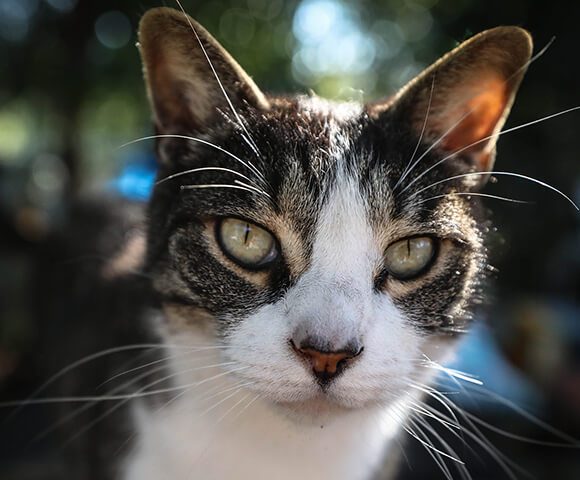
. The clinical course of the disease process tends to be slower in cats than in dogs. If the cancer is affecting their legs you will most likely notice lameness or pain and swelling in the leg. Older cats generally have fewer tumors.
Bone Cancer in Cats. Both of these tumors are locally aggressive can grow to a large size very quickly ulcerate and cause considerable pain. This is often the first sign of a tumor in the skull jaw or ribs.
Difficulty eating if a tumor affects the jaw. Approximately 70 of oral tumors in cats are squamous cell carcinomas. In one study the age range of affected cats was 8 to 105 years of age.
In one study looking at 12 cats there was a median survival. Chemotherapy consists of four to six treatments given at three-week intervals. Swelling or a mass.
Ad 35 Off Your First Autoship Easy Refills. Tumors removed by surgery alone tend to recur so radiation treatment with or without surgery offers the best outlook in most cases. The second most common is fibrosarcoma.
Fibrosarcoma in Cats How we can help Call 530-752-1393 to schedule an appointment with the Oncology Service. Soft Tissue Sarcomas in Cats. Oral Squamous Cell Carcinoma in Cats Squamous cell carcinoma SCC is the most common oral malignancy in the cat arising from either the jaw bones or the tongue.
For some tumors this means removing large portions of the cats jaw. What are the symptoms. Bone Cancer in Cats.
Osteosarcomas in cats are much less common than in dogs but account for approximately 70 of the malignant bone tumors in cats. The histiocytic type of skin mast cell tumor in cats is seen primarily in Siamese cats younger than 4 years old. Wide surgical resection is recommended given the high rate of local tumor recurrence with incomplete resection.
The cancer causes pain. Osteosarcoma die as a result of local tumor recurrence. Although squamous cell carcinomas dont spread rapidly to other parts of the body oral tumors may be locally invasive and spread to the chest.
The symptoms of bone cancer in cats include physical swelling lameness an abnormal gait and general unwellness. Diagnosis may be performed through fine needle aspiration or biopsy. Owners may notice a mass in the cats mouth.
It is the most common type of bone cancer in cats and accounts for 70 of bone tumours. Oral masses in cats may be caused by inflammation infection or even trauma. Squamous cell carcinoma is an aggressive cancer in the cat and is often not diagnosed until the tumor is advanced.
Spread to nearby lymph nodes and the lungs is common. Cats suffering from oral tumors often develop jaw cancer or cancer in the oral cavity. These are the most common symptoms when a tumor affects a limb.
Oral squamous cell carcinoma tumors infiltrate extensively through tissues and can invade into surrounding bone. Osteosarcoma osteogenic sarcoma is an aggressive and destructive type of primary cancer that develops in the bones. He told me the treatment for a benign.
Another treatment option is chemotherapy. Feline Fibrosarcoma Bluepearl Pet Hospital The term soft-tissue sarcoma encompasses a broad category of tumors that show up in a cats connective muscle or nervous tissues. My cat Momo is 9 years old and has a tumor on his jaw.
This is often impossible given the size of the. The physical swelling of the cancer causes. The most common oral tumor seen in cats is squamous cell carcinoma.
The symptoms of osteosarcoma in cats can be subtle and they may include. The provided history stated the cat had a lytic and proliferative lesion of the carpal bones. Cancer arises from osteoblasts or osteoclasts which are cells that produce a matrix which builds or breaks down bone.
Bone Cancer in Cats. Metastasis to organs is not common with both tumor types. My cat Momo is 9 years old and has a tumor on his jaw.
Bone Cancer in Cats. After many visits it was discovered that the lump was actually some sort of tumor but the vet wouldnt know exactly which kind without a biopsy. These tumors grow from the lining of the oral cavity including the gums tongue palate and tonsils.
They usually occur in cats more than 10 years old. Alive one year later. The local recurrence for upper jaw bone cancer is 83-100 and the majority of dogs with upper jaw.
Metastasis to distant organs have not been reported in these dogs. Bone cancer causes an abnormal swelling to develop in the affected part of the skeleton. Download PDF of this Fibrosarcoma in Cats article Visit the Oncology Service website Vaccine associated fibrosarcomas are tumors that arise at sites where cats have been vaccinated.
Most salivary gland tumors are malignant with carcinomas and adenocarcinomas the most common types. Tumors may develop anywhere on the body and appear as multiple small less than 04 inches 1 centimeter in diameter firm lumps under the skin surface. Bone cancer causes a number of signs of unwellness for two main reasons.
If the cancer is affecting the jaw you might notice they are having trouble opening their mouth and eating or lots of saliva in their mouth. The whole episode started right around Christmas when he was showing signs of bad pain. For the most part soft tissue sarcomas tend to be slow growing.
Lameness that doesnt go away and swelling of the affected bone. The median survival for upper jaw osteosarcoma is 5-10 months after surgery with 17-27 of dogs being. They arise out of the skin and subcutaneous connective tissues including muscles small blood vessels fat and nerves.
The two most common types of oral cancers that occur in cats include squamous cell carcinomas and fibrosarcomas. It is usually chosen to treat tumors with a higher likelihood of metastasis but can also be used as an effective method to target cancer cells in cats with vaccine-associated sarcomas.
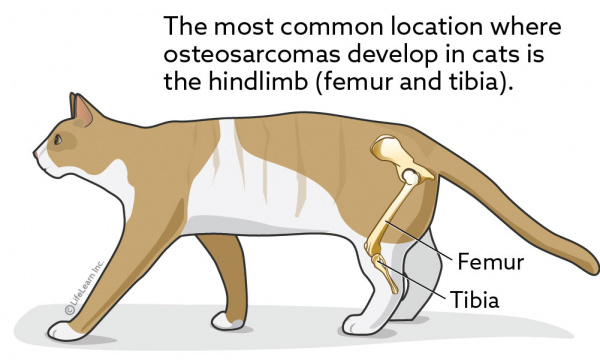
Osteosarcoma In Cats Vca Animal Hospital

Oral Squamous Cell Carcinoma In Cats An Overview Vet In Aurora The Animal Dental Clinic
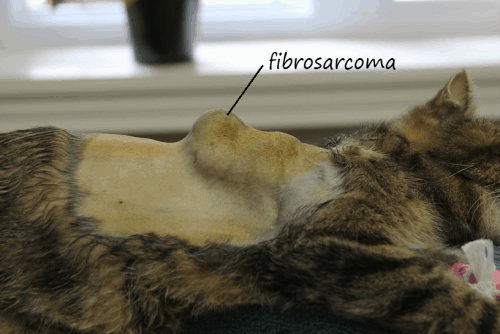
Managing Fibrosarcoma In Cats And Dogs Mommy S Memorandum
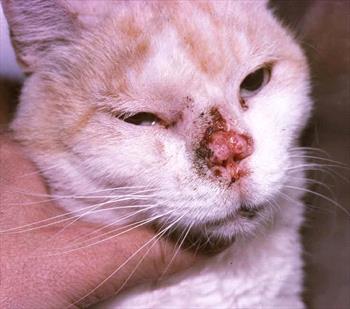
Nasal Squamous Cell Carcinoma In Cats Veterinary Partner Vin
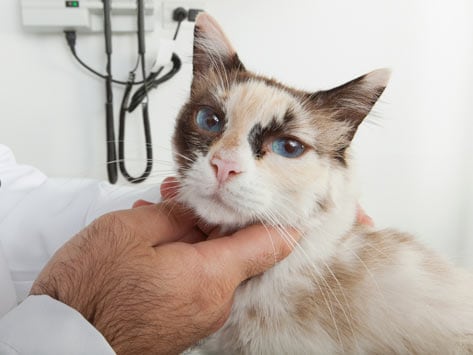
Mouth Cancer Gingiva Fibrosarcoma In Cats Petmd

Computed Tomography Characteristics Of Fibrosarcoma A Histological Subtype Of Feline Injection Site Sarcoma Semantic Scholar
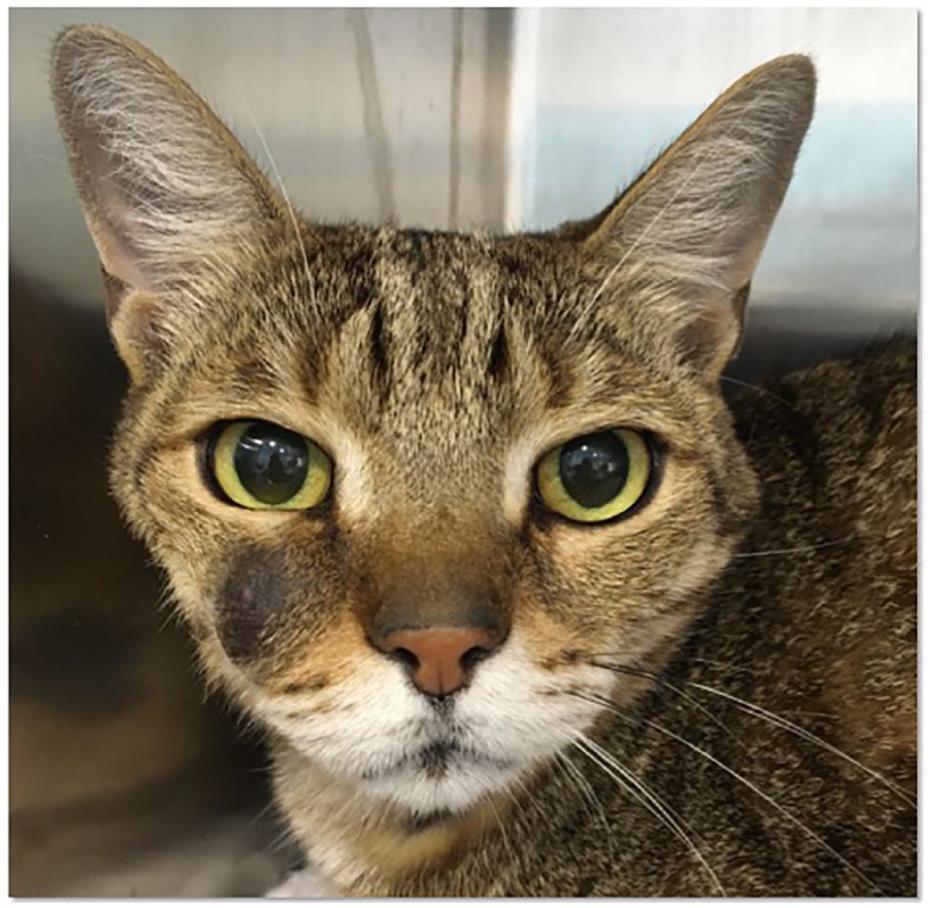
Neoadjuvant And Adjuvant Doxorubicin Chemotherapy In A Case Of Feline Soft Tissue Sarcoma

4 Types Of Cat Cancer And Their Common Symptoms Rau Animal Hospital
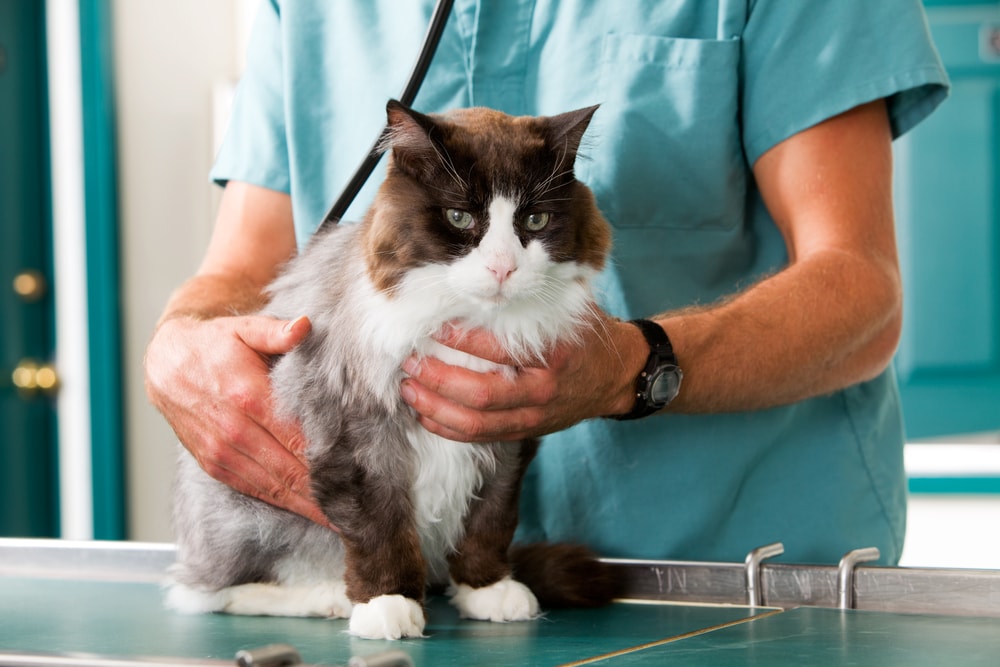
Bone Tumors Cancer In Cats Petmd

Cat 7 Squamous Cell Carcinoma On Nose Stage T4 Two Sessions Of Download Scientific Diagram

Learn About Osteosarcoma Bone Cancer In Cats Petcure Oncology
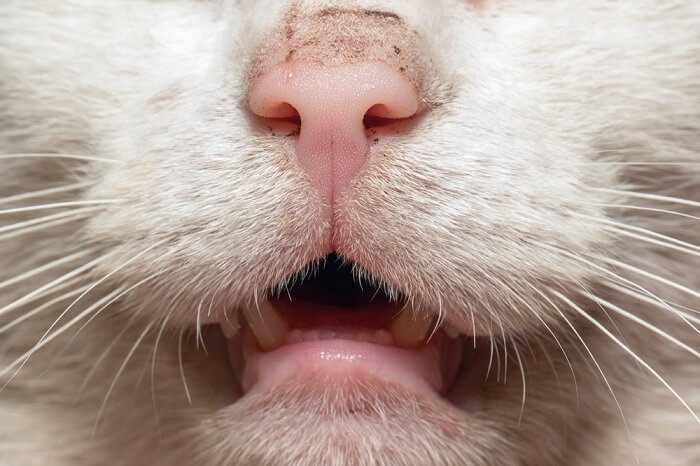
Mouth Cancer In Cats Causes Symptoms Treatment All About Cats

Neoadjuvant And Adjuvant Doxorubicin Chemotherapy In A Case Of Feline Soft Tissue Sarcoma

Feline Fibrosarcoma Bluepearl Pet Hospital

Cat 6 Squamous Cell Carcinoma On Nose Stage T2 One Ect Session Download Scientific Diagram

Learn About Soft Tissue Sarcomas In Cats Petcure Oncology

Mouth Cancer Melanocytic In Cats Petmd

Cat 8 Squamous Cell Carcinoma With Infiltrative Growth Into Nasal And Download Scientific Diagram